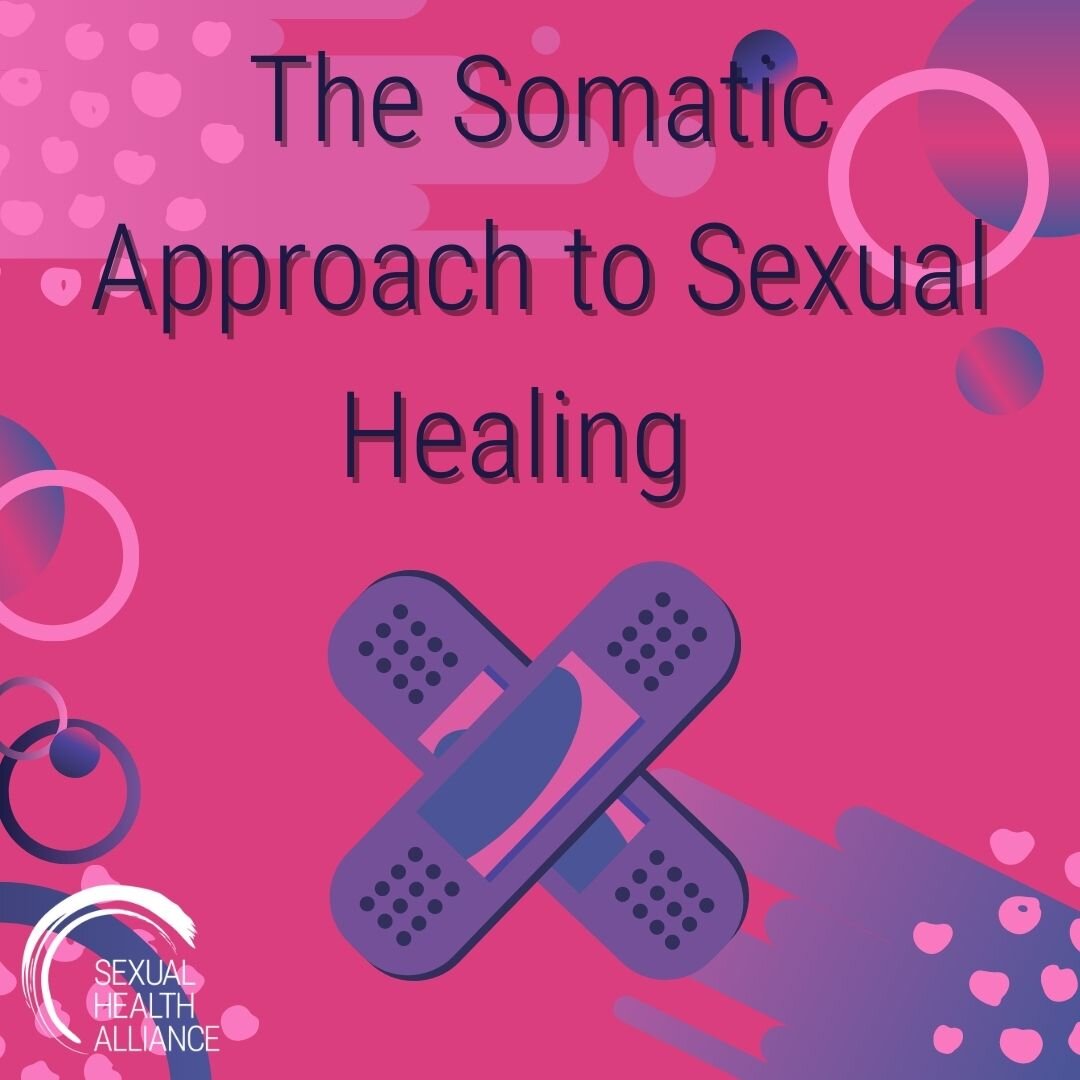Desire is a weighted word. On the one hand, it is worthy to grace many erotica titles, it can be used as a noun to describe the genitals (Think: “His broad hand slid south towards her desire”) and it remains a steadfast description of a character’s current state. Someone is overcome with desire or is pulsating or dripping or brimming with desire. It’s erratic, it’s uncontrollable, it’s animalistic. It can be a fleeting feeling, though, adding pressure to act on the primal pleasure in case the moment never arises again. This leads to the hyper-sexualized woman trope, the one who desperately searches for anyone that can please her ever-growing urges. She’s sex-crazed! She’s in heat!
Yet on the other hand is the other weaponized version of desire: That of low desire. Another term that fills titles and headlines, low desire is often paired with scientific jargon and equated with negativity. The common narrative follows that if and when you have low desire, you are broken. Therefore, products flood the market to boost one’s low desire—pills, supplements, powders—for both men and women, though certainly women are the main target.
But what is desire? Does it only happen when we’re “in heat”? Can humans even be in heat? And when we do feel like our desire is low, is it fixable? To answer these, let’s first examine the hormonal system. Estrus refers to the short window of about five days—the days leading up to and including ovulation—in which there is a chemical change in the female’s brain. In the vast majority of mammalian species, during estrus, the female is more sexually receptive, as in more welcoming of male advances, and sexually proceptive, as in actively seeking sex. It is only at this time do the females require sex to conceive offspring, once this window closes, so does she.





















